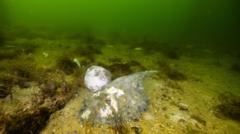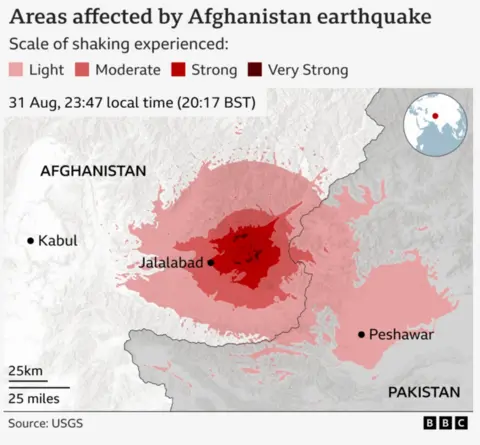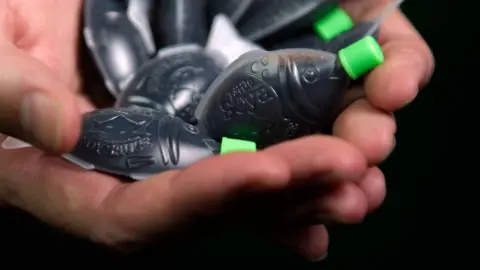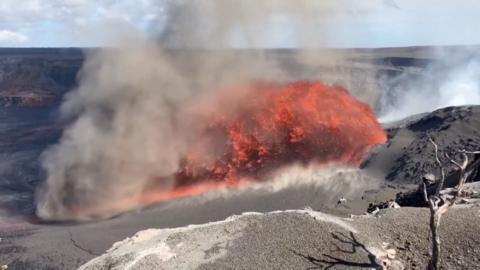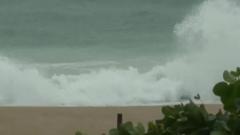An alarming ecological crisis is unfolding in South Australia as an extensive toxic algal bloom has engulfed coastal regions, prompting the state premier to designate it as a "natural disaster." This bloom, which has proliferated since March, now spans an area larger than the Australian Capital Territory and has severely impacted marine ecosystems, leading to the death of over 400 species.
In a recent statement, Premier Peter Malinauskas emphasized the urgency of addressing this calamity, arguing that the federal government’s refusal to officially label the incident as a natural disaster underplays its gravity. Recognizing the severe implications on both the environment and local economies, the state government has committed to match the federal assistance of A$14 million. This funding will be allocated towards research, cleanup efforts, and support for the ailing fishing industry.
Criticism has emerged from local lawmakers, including Senator Sarah Hanson-Young, who argued that if the crisis affected more populous regions, governmental response would be more immediate. Meanwhile, Environment Minister Murray Watt stressed that while the bloom poses serious challenges, it does not fulfill the traditional criteria for a natural disaster as defined by law.
The vast stretch of the bloom, from Coorong to Yorke Peninsula, has resulted in a horrific scene for wildlife and has left local fishermen grappling with economic hardships, with some reporting three months without income. Organizations dedicated to marine preservation describe the visual devastation as akin to a horror movie for fish, underscoring the critical need for immediate and substantial intervention.

